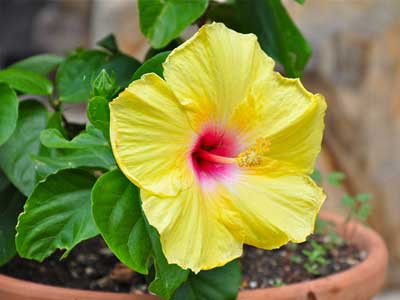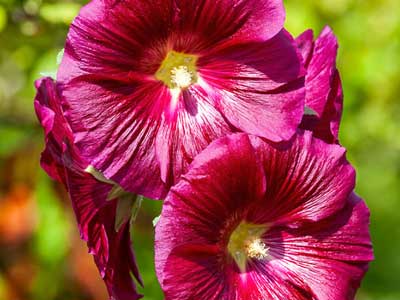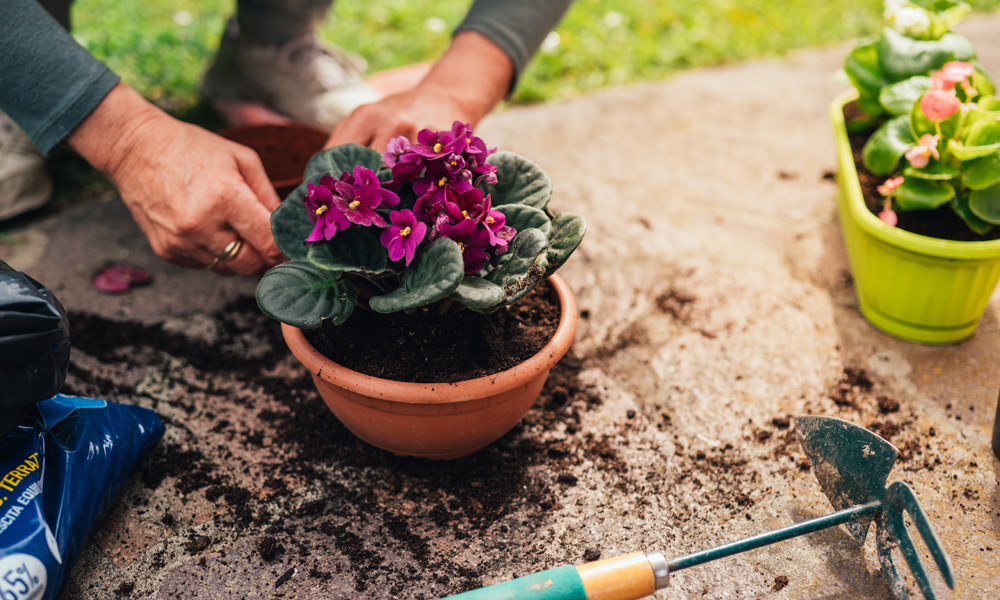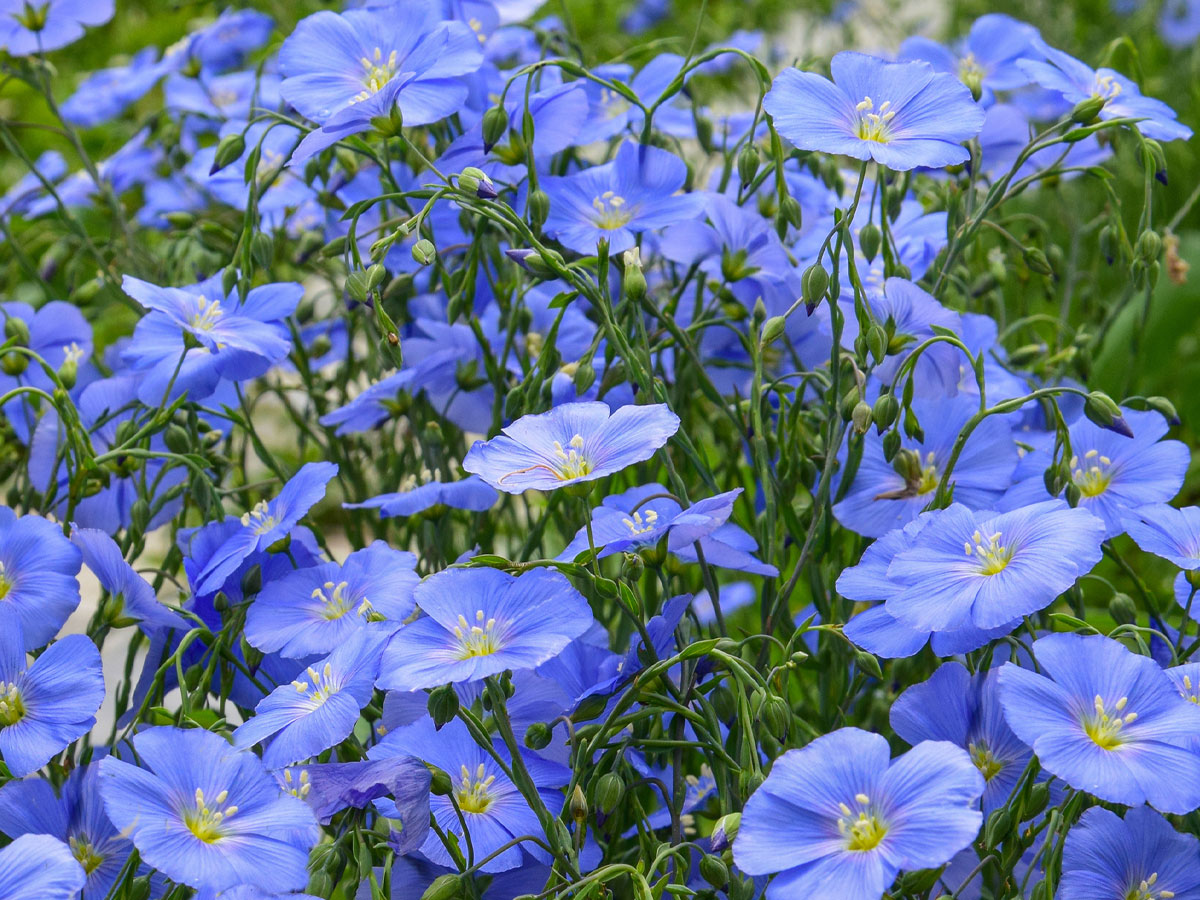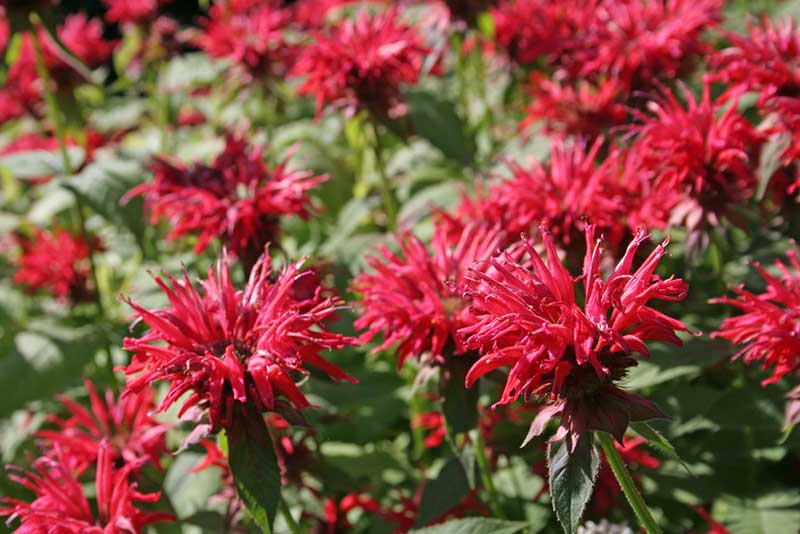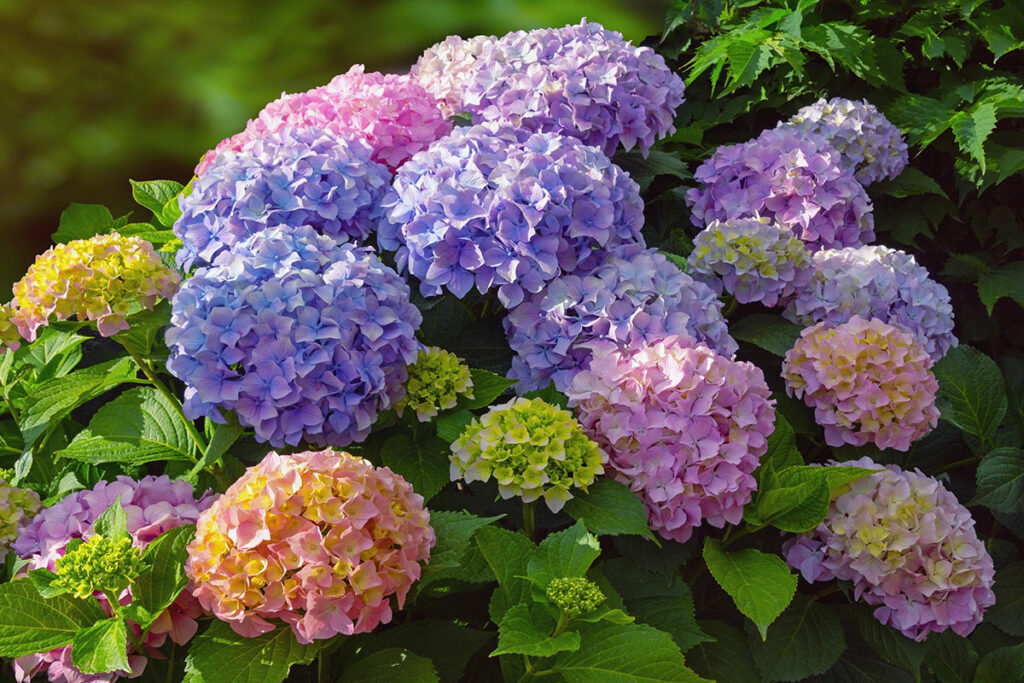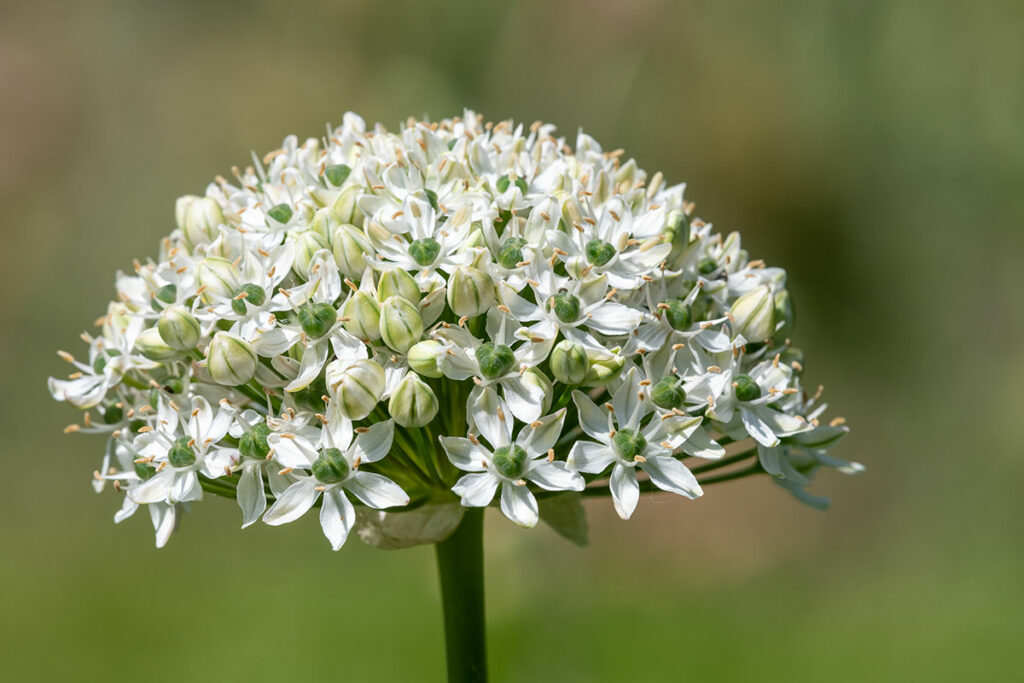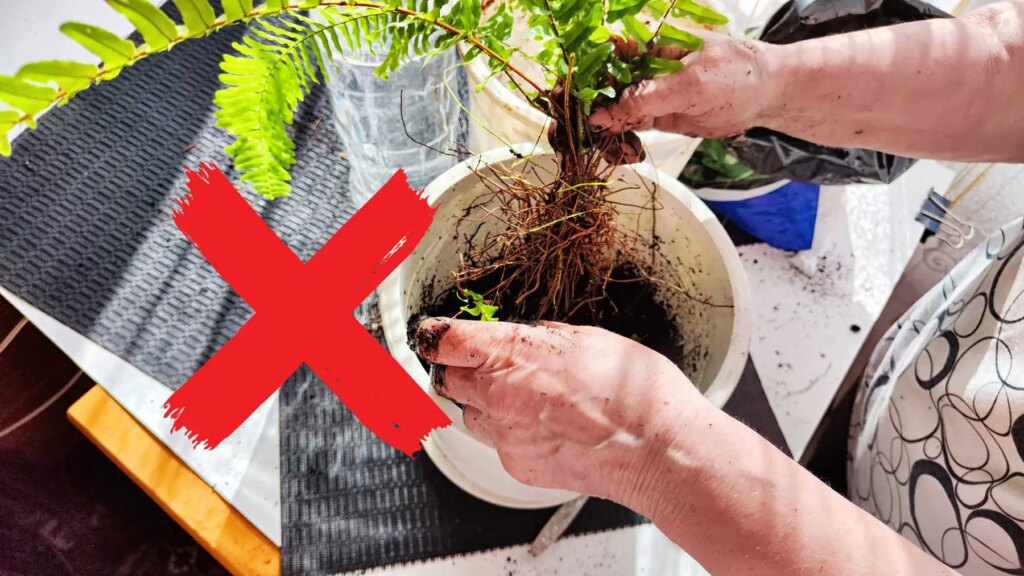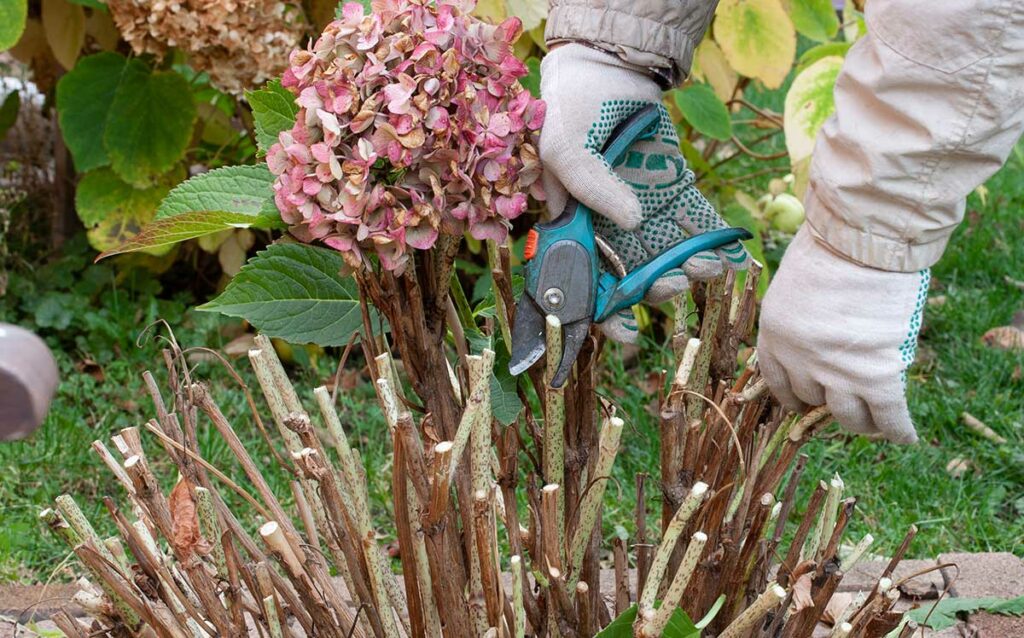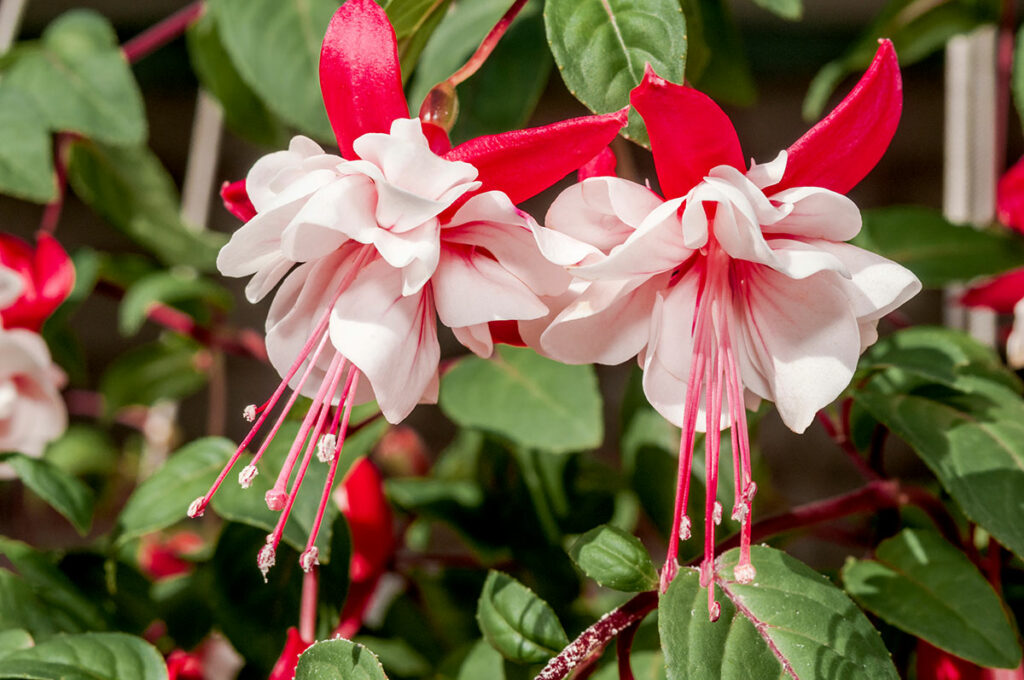
Marigolds are known for their vibrant colors and can brighten up any garden space. To keep these flowers healthy and achieve large, show-stopping blooms, proper fertilization is vital.
In this article, we’ll discuss important tips to help you feed your marigolds for optimal growth and great flowering performance.
Understanding the fertilization needs of marigolds is the first step toward gorgeous blooms. These resilient plants don’t need much to thrive, but the right fertilizer will give them a boost.
By paying attention to timelines and techniques, you can ensure the best possible results.
Monitoring and making adjustments to your practices as needed will contribute to a flourishing garden full of stunning marigolds.
Key Takeaways
- Understand the fertilization needs of marigolds for optimal growth
- Use proper fertilizing techniques and timelines for bigger blooms
- Monitor and adjust your practices to achieve the best flowering performance.
Understanding Marigold Fertilization Needs
Soil Requirements
To ensure the growth of healthy marigolds with big blooms, you must begin with well-draining, fertile soil. Start by testing your soil to determine its pH level and nutrient content. Marigolds generally prefer a soil pH between 6.0 and 7.0. If your soil has a pH outside this range, you can amend it using lime or sulfur.
It’s also essential to prepare your soil by incorporating organic matter like compost or aged manure. This helps in the following ways:
- Improving soil structure
- Enhancing water and nutrient retention
- Supporting beneficial microorganisms
Aerate the soil to improve drainage and avoid waterlogged conditions, which can lead to root rot in marigolds.

Nutrient Needs
Marigolds have specific nutrient needs for optimum growth and producing big, beautiful blooms. A well-balanced fertilizer that contains nitrogen, phosphorus, and potassium is crucial for meeting these needs. Here’s a quick breakdown:
- Nitrogen (N): Encourages healthy foliage growth and promotes vibrant green leaves
- Phosphorus (P): Supports strong root development, overall plant health, and abundant blooms
- Potassium (K): Enhances disease resistance, strengthens cell walls, and helps in water and nutrient absorption
Choose a slow-release fertilizer with an N:P ratio of 5-10-5 or 10-20-10 for best results. Slow-release fertilizers allow the nutrients to be gradually released into the soil, preventing nutrient burn.
When planting marigolds, mix the fertilizer into the soil following the package instructions. Fertilize established plants once in the early summer, when they start flowering, and then again in midsummer for continued bloom production. Remember to water your marigolds after fertilizing to help the nutrients penetrate the soil.
By meeting the soil requirements and nutrient needs of your marigolds, you will encourage stunning blooms and a healthy, thriving garden.

Choosing the Right Fertilizer
When it comes to fertilizing marigolds for big blooms, it’s essential to choose the right type of fertilizer. You have two main options: chemical fertilizers and organic fertilizers. Both have their benefits, so let’s dive into each one to help you decide which will be best for your marigolds.
Chemical Fertilizers
Chemical fertilizers are easier to find and often cost less than organic options. Look for a balanced fertilizer like a 10-10-10 or 14-14-14 blend, which means it contains equal parts of nitrogen, phosphorus, and potassium (N-P-K). These nutrients are crucial for marigold growth and bloom production.
- Nitrogen (N): promotes leafy plant growth
- Phosphorus (P): essential for root development and blooms
- Potassium (K): helps regulate overall plant health and nutrition
When applying chemical fertilizers, be sure not to overdo it. Too much can damage the foliage or lead to excessive vegetative growth at the expense of blooms. A general rule is to use about 1 tablespoon per plant during the growing season.
Organic Fertilizers
Using organic fertilizers can help ensure healthy soil and a bountiful marigold garden. Some effective organic fertilizers for marigolds include:
- Fish emulsion or fish meal: Rich in nutrients like nitrogen and phosphorus, these products nurture marigolds without the risk of chemical burn. Follow manufacturer instructions on application rates.
- Bone meal: A natural source of phosphorus, bone meal can help promote root growth and flower production. You can use around 1 tablespoon per plant when transplanting marigolds or as a top dressing during the growing season.
- Compost: Adding compost to your marigold garden not only provides essential nutrients but also improves the soil’s structure and water retention capacity. Mix 1-2 inches of compost into the top layer of soil before planting, and side-dress the plants with compost during the growing season.
Remember, organic fertilizers tend to release nutrients more slowly than chemical fertilizers, so you might need to apply them more frequently for optimum results. Keep an eye on your marigolds’ progress and adjust your fertilization routine as needed.
Fertilizing Frequency and Timelines
Pre-Planting Fertilization
Before you plant your marigold seeds or seedlings, it’s essential to prepare the soil by incorporating a balanced fertilizer. Mix a slow-release granular fertilizer with a ratio of 10-10-10 into the soil according to the product instructions. This initial fertilization provides the necessary nutrients for your marigolds to establish themselves and promotes healthy root growth.
During Growing Season
Throughout the marigolds’ growth, it’s important to regularly provide them with the nutrition they need. Follow these guidelines for fertilizing during the growing season:
- Monthly applications: To promote big and vibrant blooms, apply a liquid fertilizer with a ratio of 15-30-15 once a month. Be sure to follow the manufacturer’s recommended dilution rates for best results.
- Be cautious with nitrogen: Over-fertilizing, especially with nitrogen-rich formulas, can lead to excessive foliage growth and fewer blooms. Stick to the recommended application rates and adjust if needed.
- Conduct a soil test: If you notice any signs of nutrient deficiency, perform a soil test to determine the best course of action. Based on the test results, you can make adjustments to your fertilizing routine.
Remember, the key is to provide your marigolds with the right balance of nutrients so they can produce those show-stopping blooms you’re aiming for.
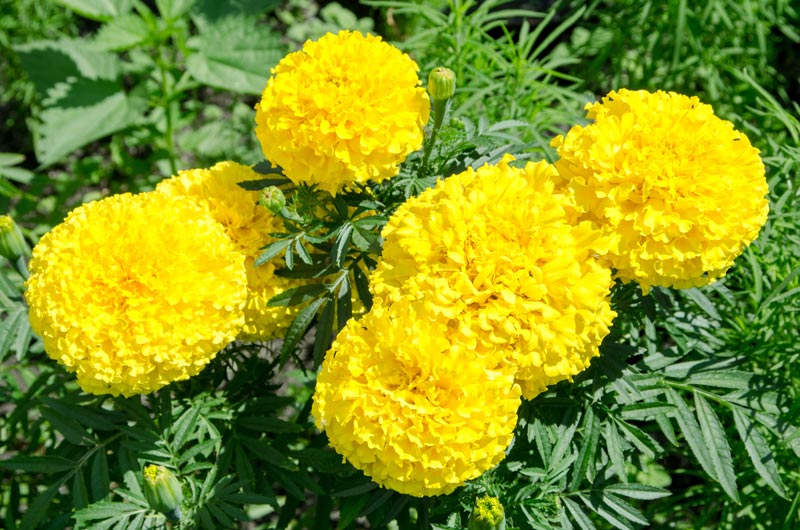
Fertilizing Techniques for Bigger Blooms
Marigolds are beautiful flowers that provide a pop of color in any garden, but if you want even bigger blooms, proper fertilization is essential. In this section, we’ll discuss two fertilizer options: water-soluble fertilizers and slow-release granular fertilizers.
Water-Soluble Fertilizers
Water-soluble fertilizers are a popular choice for marigolds, as they deliver nutrients directly to the plant’s roots. To use this type of fertilizer:
- Dilute the fertilizer: Follow the package instructions to dilute the fertilizer in water. Be careful not to use too much, as this can harm your plants.
- Apply the solution: Carefully pour the solution around the base of your marigolds, making sure to avoid the foliage. This helps prevent nutrient burn on the leaves.
- Repeat the application: Reapply the diluted fertilizer every 2-3 weeks during the growing season for best results.
By following these steps, you’ll provide your marigolds with the nutrients they need for bigger blooms.
Slow-Release Granular Fertilizers
Slow-release granular fertilizers are another option for marigolds, as they slowly release nutrients into the soil over time. Here’s how to use them for bigger blooms:
- Choose the right formula: Look for fertilizers with a balanced N-P-K ratio, such as 10-10-10. This ensures your marigolds receive equal amounts of nitrogen, phosphorus, and potassium.
- Apply the fertilizer: Sprinkle the granules around your marigolds, following the package instructions for the recommended amount. Be careful not to apply too much, as excess nutrients can harm your plants.
- Water the fertilizer in: After applying the granules, water your marigolds thoroughly. This helps the granules break down and release their nutrients into the soil.
By using slow-release granular fertilizers, you’ll ensure your marigolds have a steady supply of nutrients throughout the growing season, promoting bigger blooms.

Monitoring and Adjusting Fertilization Practices
Checking Soil Health
Before you start fertilizing marigolds, it’s essential to assess your soil’s health. By obtaining a soil test kit from your local garden center, you can gain insight into its pH levels and nutrient content. Your marigolds will thrive in well-draining soil with a pH between 6.0 and 7.0. If your soil is too acidic or alkaline, you can amend it with lime or sulfur, respectively.
Analyzing your soil’s nutrient content will help you choose the ideal fertilizer. Generally, marigolds need a balanced blend (such as 10-10-10 or 14-14-14) for the best growth and bloom results.
Signs of Over or Under Fertilization
Over-fertilization:
Keep an eye out for the following signs that your marigolds might be receiving too much fertilizer:
- Yellowing leaves: This could indicate a nitrogen overdose. Reduce the frequency of your fertilizer applications and pay closer attention to the product’s instructions.
- Weak, spindly growth: Excessive fertilization can lead to marigolds growing too quickly and becoming weak. Cut back on the amount or frequency of your fertilizer use to encourage stronger growth.
Under-fertilization:
If your marigolds are not getting enough nutrients, you might observe the following signs:
- Slow growth: When marigolds lack the necessary nutrients, they may grow at a slower pace than expected. Increase the frequency of fertilizer application or switch to a more potent blend.
- Small or fewer blooms: A deficiency in essential nutrients can limit marigold blooms. Monitor your fertilizer application closely to ensure your plants receive the adequate nutrients they need for big, bright flowers.
Remember, always follow the fertilizer package instructions and adjust your fertilization practices according to your marigold’s specific needs based on the soil test results and visual observations. Doing so will help you achieve beautiful and vibrant marigold blooms.

